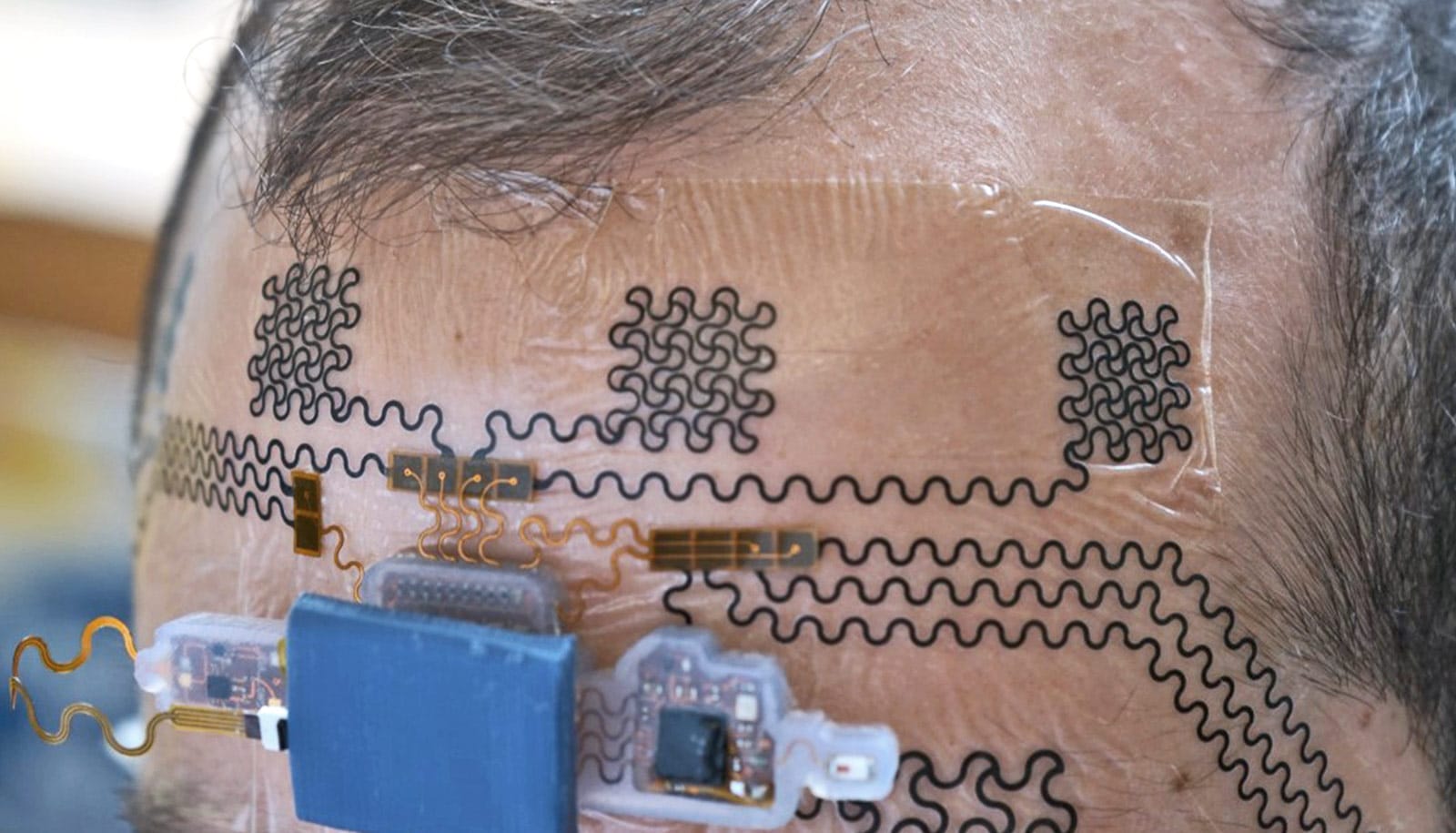Women who’ve previously experienced a heart attack have twice the risk of later myocardial ischemia in response mental stress compared to men with a similar history, researchers report.
A new study sampled 418 individuals and found that impaired microvascular function in response to mental stress was responsible for the increased risk of ischemia, or obstructed blood flow to the heart, in women.
This emphasizes the role of holistic preventive care that doesn’t overlook mental health, as psychosocial factors may have a direct impact on impaired cardiovascular function, the authors say.
“Our ability to medically treat microvascular dysfunction is currently very limited,” says coauthor Hawkins Gay, a third-year resident in internal medicine at Northwestern University’s Feinberg School of Medicine. “I think we need to focus our therapeutic efforts on the well-established treatments for disorders such as depression and PTSD—this is best accomplished in multidisciplinary teams with regular patient follow-up, similar to diet and exercise.”
There was no sex difference in typical cardiovascular risk factors, but women had enhanced microvascular dysfunction during stress.
Women with a history of heart attack have poorer cardiovascular outcomes when compared to men, a well-known phenomenon, according to the study. However, the full underlying explanation for their higher levels of morbidity and mortality remains unknown.
The study looked at rates of depression and anxiety—a different set of risk factors compared to the typical markers, such as cholesterol or high blood pressure. Previous studies identified the perceived stress rate—disproportionately high in young women after a heart attack—as a powerful predictor of cardiovascular risk, separate from those typical risk factors.
Mental stress-induced myocardial ischemia (MSIMI) has been thought to represent a dysregulated response to emotional, rather than physical stress, and the current study sought to confirm these suspicions and detail the mechanisms of disease.
Do unmeasured psychosocial risk factors like depression or anxiety undermine preventive cardiovascular care efforts for women?
As reported in Circulation, investigators studied 306 patients with an average age of 61 who were hospitalized for heart attacks in the previous eight months, and compared them to an age- and sex-matched control group. Cardiovascular benchmarks such as microvascular reactivity and digital vasomotor response were measured before, during, and after a stress event, in which participants imagined a real-life stressful situation and received just two minutes to prepare a statement that they then gave on camera.
After analyzing the results, investigators found 22 percent of women developed MSIMI, compared to just 11 percent of men. There was no sex difference in typical cardiovascular risk factors, but women had enhanced microvascular dysfunction during stress, suggesting the microvasculature—the smallest blood vessels in the body—play a large role in vulnerability to MSIMI. Interestingly, microvascular dysfunction did not predict MSIMI in men, suggesting this sex imbalance may be due to microcirculatory abnormities in women.
Providers more likely to dismiss young women’s heart attack signs
According to the study, these findings suggest that unmeasured psychosocial risk factors like depression or anxiety may undermine preventive cardiovascular care efforts for women, which have historically concentrated on traditional risk factors such as obesity or smoking. Overall heart disease mortality rates are declining more slowly in women as compared to men, which, the authors note, presents an urgent need to improve risk assessment and prevention.
“Consideration of socioeconomic and emotional risk factors is extremely important, similar to evaluating lifestyle factors such as diet and exercise, but difficult with limited time,” Gay says. “Having patients return to clinic for a full assessment of these factors, either as a separate clinician visit or with another advanced practice provider, would be very helpful for identifying those at increased cardiovascular risk.”
The National Institutes of Health supported the work.
Source: Will Doss for Northwestern University



